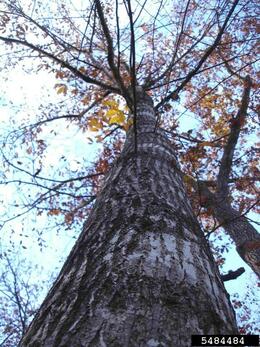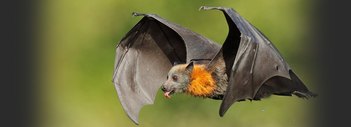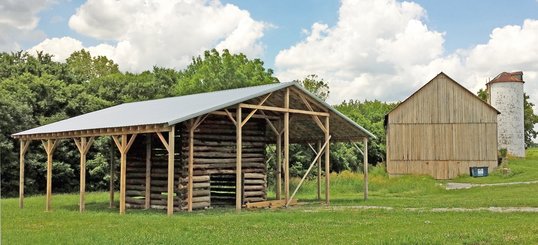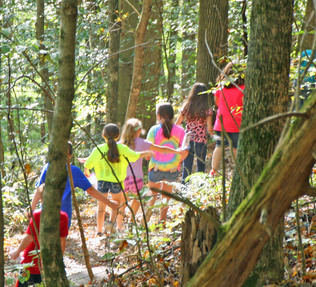Looking back on 2019

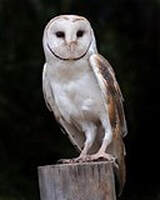
|
American Chestnut preservation a reality at Homeplace
As many folks know, Homeplace in conjunction with the Kentucky Chapter of the American Chestnut Foundation and other stakeholders is establishing an American Chestnut mother tree orchard at the farm. This orchard will be a repository for locating local American Chestnut seedlings to secure our local American Chestnut genetics for research and for seed production. Adair County is blessed to have the largest American Chestnut in Kentucky located just outside the city limits of Columbia. This tree is a survivor of the blight which killed most every American Chestnut and has a unique resistance to the blight. That resistance is being researched and samples of its DNA are held in cold storage for research purpose Several of us are currently systematically searching the woodlots, fence rows, and wooded drainage's around this tree for other root sprouts or survivors. These pictures of the iconic old chestnut were taken by Dr. Jennifer Koplow, a professor at Eastern Kentucky University, during one of these American Chestnut safaris. This old American Chestnut, located in Adair County, is 42 inches in diameter 5 feet above the ground. This view is looking up the trunk and evidence of a lighting strike from years ago can be clearly seen. Also, notice the dead limbs and twigs which have been killed by the blight. The burrs (seed pods) seen here unfortunately have no viable seed in them. American Chestnut will not self-pollinate and since there are no more trees in close proximity, the burrs are empty. Many of the tree’s blooms were pollinated by hand with pollen from Kentucky, Tennessee and Virginia and will produce viable seed inside the bags seen on the tree. These seeds will be germinated at Bernheim Forest this winter and the seedlings will be planted at Homeplace next Spring. We will be looking for volunteers to help. (3-3-20) |
